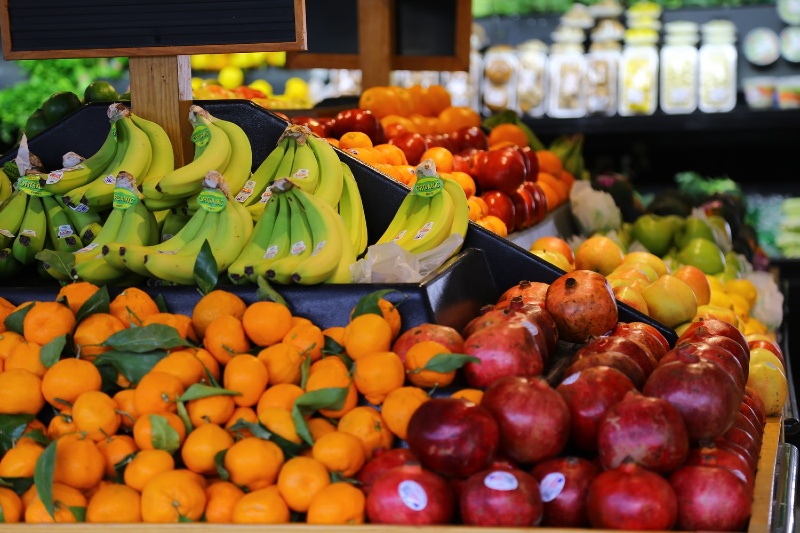In order for Vietnamese fruits to penetrate deeper into the Chinese market, solutions need to be implemented synchronously from preservation and logistics to strengthening connections between businesses.
This is considered a problem of long-term economic efficiency when expanding the international market. According to Mr. Nguyen Thanh Binh, Chairman of the Vietnam Fruit and Vegetable Association (Vinafruit), the potential in this market is huge, but to take advantage of the opportunity, Vietnam needs a long-term strategy.
First, focus on organizing production in a systematic and large-scale manner, helping to optimize resources, creating high-quality products that meet the strict standards of the Chinese market.
Second, strictly comply with regulations on food safety and quality. Strict regulations on quarantine and quality are mandatory criteria to help Vietnamese products survive and develop long-term in this billion-people market. Enterprises need to seriously invest in production processes and quality control to ensure that products fully meet the standards they set.

Third, using preservation technology helps ensure that Vietnamese fruits retain their nutritional value and freshness after long-term transportation. Given the large distance between Vietnam and the northern provinces of China, the application of modern preservation technology helps minimize quality risks and enhance product competitiveness.
Fourth, strengthening the logistics system. The development of modern and fast transportation methods helps optimize transportation costs, thereby enhancing product competitiveness. Building a comprehensive logistics system not only serves current needs but also creates a solid foundation for the long-term development of the agricultural sector.
Finally, the processing industry needs to be focused on to enhance product value. Deep processing creates products that suit diverse consumer tastes in China. The diversity of products will expand the accessibility of Vietnamese fruits to major markets such as Beijing and mainland provinces, while increasing competitiveness with regional rivals.
Mr. Nguyen Thanh Binh also pointed out that, in order to compete in the international market, Vietnamese enterprises need to change their business thinking. Instead of relying on on-site sales, enterprises need to proactively bring products to new markets and develop modern distribution networks.
In fact, the lack of initiative in accessing large markets and distribution centers in China is a major obstacle for Vietnamese fruits. Therefore, enterprises need to actively seek new partners, especially in large wholesale markets, to build a widespread consumption network.
In the coming time, Vinafruit is committed to accompanying enterprises to strengthen connections and support in expanding the market. Cooperation between domestic enterprises creates collective strength to compete more effectively in the international market. “Through organizing and connecting activities, Vinafruit hopes to contribute to bringing Vietnamese fruits further, affirming its position in the Chinese market,” said Mr. Binh.
Opening the door to new fruits such as grapefruit, custard apple, and avocado can create great opportunities for Vietnamese fruits. These are strategic solutions, helping to diversify the export portfolio, increase the presence of Vietnamese agricultural products in the Chinese market, and promote sustainable economic growth.
From a policy perspective, Mr. Binh also called on relevant ministries and sectors to step up negotiations with China to expand the Protocols, increase the codes of growing areas and packaging facilities, thereby increasing the area and output of fruits allowed for export.
The signed Protocols have also helped Vietnam’s official agricultural exports to China grow strongly. Specifically, in 2023, it reached 12.1 billion USD, an increase of 16.4% compared to 2022. In the first 5 months of 2024, it reached 6.2 billion USD, an increase of 2.9% compared to the same period last year…
Source: https://baodautu.vn/giai-phap-nao-cho-trai-cay-viet-rong-duong-xuat-khau-trung-quoc-d227609.html
